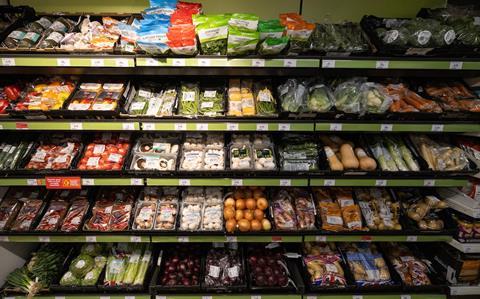
Sainsbury’s CEO Simon Roberts hailed the impact of the supermarket’s Food First strategy, which he claims has left it with the “strongest value position” it’s ever had against its competitors, despite the challenges presented by the cost of living crisis.
Grocery sales grew 10.1% during the first half of the year to 16 September, pushing retail operating profit up to 2% to £485m, according to the results, which were published on Thursday.
The performance had helped Sainsbury’s win market share from its traditional big four competitors, but also “for the first time”, from discounters Aldi and Lidl, Roberts said. It is the result of its efforts over the last three years, following the launch of the growth strategy in 2020.
“We promised to invest significantly in value, innovation and service, and as that builds, what we’re seeing is we’re gaining market share,” Roberts said. “In the first half, we’ve grown both grocery volumes and volume market share. We’re selling more food to more customers and with bigger trolleys and baskets.”
Sainsbury’s had made a “step change” in its value perception, Roberts said. It includes the expansion of its Aldi Price Match to more than 400 products, and the relaunch of its lowest tiered own-labels under the single Stamford Street banner.
Nectar Prices – its competitor to Tesco’s Clubcard Prices – has now been rolled across 6,000 Sainsbury’s products at any one time. The expansion had been “an absolute gamechanger”, with the “vast majority” of Sainsbury’s customers now using the scheme. They were saving on average around £10 a week on a typical £80 a week shop, Roberts said. The initiative was rolled out to online shoppers earlier this week.
At the same time, a ramping up of investment into innovation was another reason customers were increasingly choosing Sainsbury’s, Roberts said. The retailer will launch almost 300 new products ahead of Christmas, with more than 170 of these being its Premium Taste The Difference lines.
The supermarket has seen an increase of shoppers in stores on Saturday afternoons as they favour ‘big nights in’ during the cost of living crisis. Sainsbury’s had increasingly been focusing its food innovation on more premium lines as a result.
Roberts said that a decline in grocery sales between the first and second quarter was a reflection of inflation coming down, rather than a fall in basket size. “This is a story of growing food volume,” he added.
Sainsbury’s is set to host an update on 7 February 2024, during which Roberts will outline the next stage of his strategy.
“We’re in really strong shape operationally, and really ready to give our customers outstanding service,” Roberts said. “We think we’ve got the strongest value position we’ve ever had against our competitors.”
Customers ‘voting with their feet’
Roberts dismissed findings from a recent Which? report, which found that Sainsbury’s was more expensive than high-end Waitrose if customers do not use a loyalty card. Data from Nielsen and Kantar consistently show that Sainsbury’s is “inflating behind the market” Roberts said. He also highlighted Sainsbury’s improved performance on price in The Grocer 33 this year, when loyalty schemes were taken into account.
“Customers are voting with their feet, they’re coming to Sainsbury’s and we’re winning share,” Roberts said.
Sainsbury’s has started to see the rate of food inflation fall across some categories, particularly on fresh lines. Some ambient products had fallen at a slower rate. As such, Sainsbury’s said it was focusing its Nectar Prices offers on “big brands” like Cathedral City Cheese and Persil washing up liquid to counter this.
Sainsbury’s had invested a further £118m in lower prices during the first half of the financial year, with the majority of the focus being on “centre of the plate products” that customers buy most often, for example pasta and fishfingers.
Roberts said that Sainsbury’s would continue to pass any falls in inflation on to customers “as quickly as we can”, however warned that inflationary pressures remained in the industry, including labour and energy costs, and not all commodities were coming down.








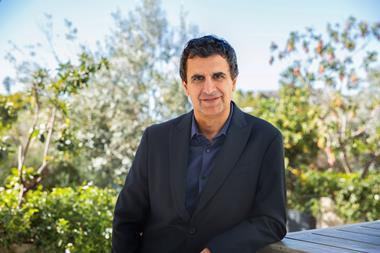
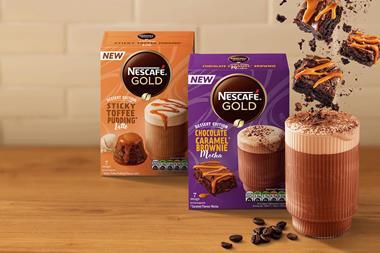
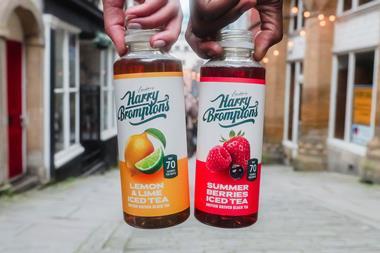

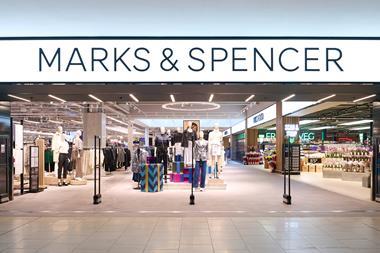
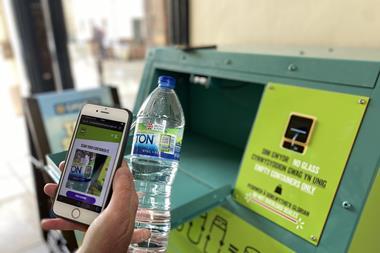



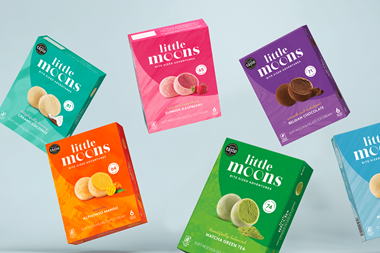
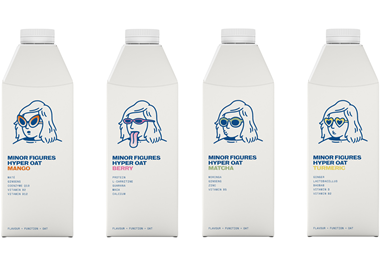
No comments yet